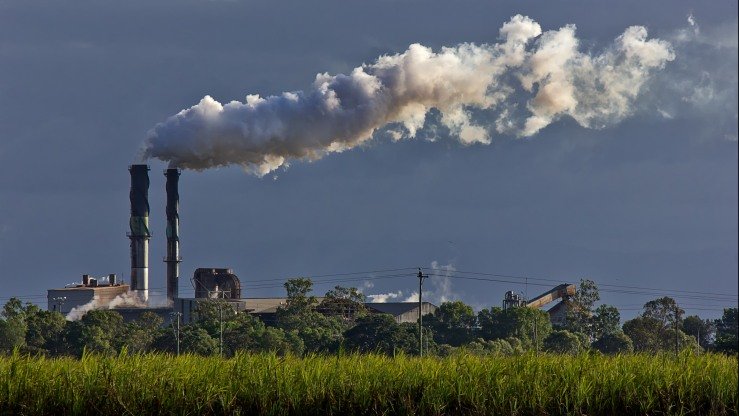Pellet Manufacture and Community Health
Wood pellet plants emit hazardous pollutants and particulate matter. Dust, noise, and the release of toxic chemicals are part of the pellet production process. Communities near pellet plants show elevated rates of asthma and COPD.
Drax and other pellet plant operators have constantly underestimated air pollution levels. Drax low-balled its emission estimates to secure a favorable SEPA ruling in Cowlitz County (see Take Action page). PNWRE’s air permit application to ORCAA also used emission estimates much lower than measurements made at existing pellet plants in the US South. There is increasing clinical evidence of the harms to human health caused to communities living adjacent to pellet mills in the US South – a major reason Washingtonians are opposed to these facilities.
Hazardous Pollutants
Wood pellet plants produce large quantities of hazardous air pollutants like acrolein and methanol. The Environmental Protection Agency (EPA) notes that acrolein “is toxic to humans following inhalation, oral or dermal exposures…. inhalation exposure may result in upper respiratory tract irritation and congestion.” Regarding methanol, the EPA advises that “Acute (short-term) or chronic (long-term) exposure of humans to methanol by inhalation or ingestion may result in blurred vision, headache, dizziness, and nausea.” Surveys from the South also revealed that bioenergy plants emit high rates of the “probable carcinogens” acetaldehyde and formaldehyde. The plants proposed for Washington would release tons of these toxins every year.
PM 2.5
PM stands for ‘particulate matter’. When trees are pulverized and ground into pellets, the process releases huge amounts of particulate matter, filling the air with a dusty haze. But the effects of PM 2.5 are not limited to this inconvenience; the EPA notes that “Small particles less than 10 micrometers in diameter pose the greatest problems, because they can get deep into your lungs, and some may even get into your bloodstream. Exposure to such particles can affect both your lungs and your heart.” PM 2.5 worsens asthma and can even trigger heart attacks in vulnerable individuals.
Truck Traffic
The air pollution agencies responsible for permitting (or denying) the discharge of pollutants do not have the authority to regulate ‘non-stationary sources’. Both Drax and PNWRE acknowledge that their operations would increase truck traffic to the plants by hundreds of vehicles a week. Diesel trucks -- carrying trees, chips, logging slash, and mill waste. Tailpipe discharges of pollutants, unsecured materials flying off the back of trucks, traffic congestion, plus the noise associated with all that diesel truck travel – all these factors would have a highly negative impact on the quality of life in nearby communities.
Noise Pollution
One surprising finding from investigations of pellet plant operations in the South was the frequency with which noise from the plants was cited as a major health impact by community members. Both proposed plants in Washington would use hammermills, which pulverize trees and forest biomass into the small particles used for pellet manufacturing. Hammermills operate at about 100 decibels of noise – a constant, throbbing sound. Both plants intend to operate ‘around the clock’, so that noise would be happening all night long. The plant proposed for Hoquiam is less than a mile from the city’s schools. What sort of impact would that have on the learning environment?




